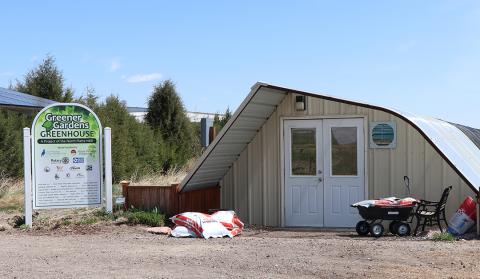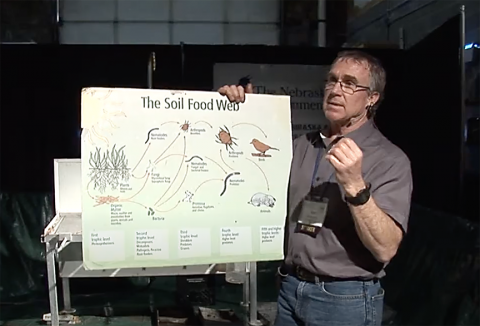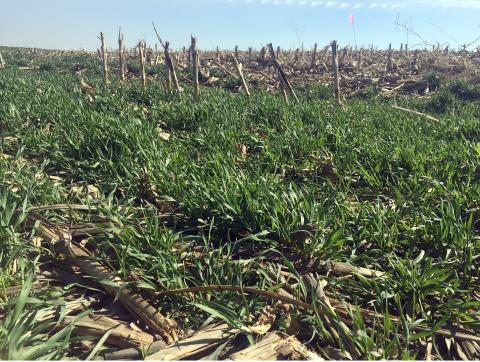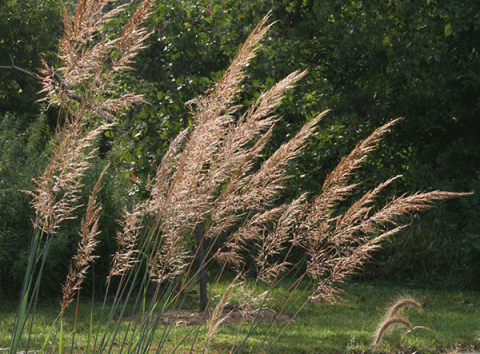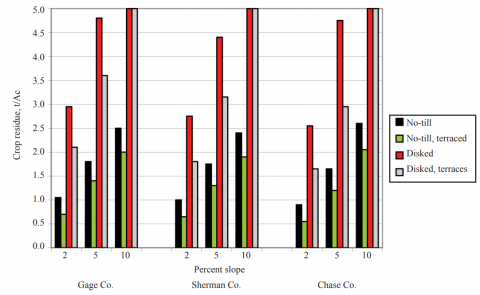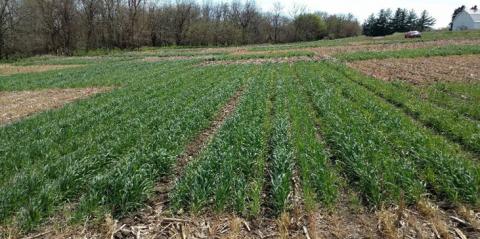Nebraska Soil and Water Conservation Society to Host Annual Meeting in Scottsbluff
May 22, 2024
This year’s theme is “Tech Talks — Tech Walks,” focusing on various technologies, with tours planned at a local organic heritage seed farm and North Platte NRD's geothermal greenhouse.
Announcing: The Soil Health Exchange
September 27, 2023
The Soil Health Exchange is a new online forum where producers and ag stakeholders can engage with a team of soil health experts to discuss production issues and ideas, get assistance with understanding test results, and more.
Dan Gillespie Soil Health Fund Established to Promote Regenerative Agriculture
December 16, 2021
The Dan Gillespie Soil Health Fund was created this year to celebrate and honor the Battle Creek farmer's longtime dedication to soil health and regenerative agriculture in Nebraska, including 33 years as USDA NRCS' no-till specialist.
Using Cover Crops to Reduce Nitrate Leaching in the Waverly Wellhead Protection Area
August 3, 2021
Nebraska Extension research on growing cover crops to reduce nitrate leaching and improving soil resilience in Nebraska communities where groundwater nitrate concentration in municipal wells is rising.
Buffer Strip Plant Selection
October 31, 2019
When planning a vegetative buffer strip, select grasses, shrubs, and trees that will perform well in your geographic area. Here's an introductory guide as to what works well in different areas of the state.
NDA Funding Available to Install, Renew Buffer Strips
October 31, 2019
After a wrenching year of storms and floods across much of the state, it's time to take stock of steps to reduce the impact of extreme weather on your farm and the surrounding environs. Financial incentives are available for vegetative buffer strips.
Crop Residue and High-Carbon Char: Potential Soil Conservation Tools
May 8, 2018
Soil is the single most important resource on which our agriculture depends. Proper soil management is necessary to sustain long-term agricultural productivity. Soil loss through erosion or run-off hurts agricultural production with depletion of organic matter and fertility. It also has environmental implications.
Can a Rye Cover Crop Reduce Wind Erosion from Fields with Little Residue Cover?
February 12, 2018
Researchers examined the effect of a rye cover crop on reducing soil erosion from wind in fields where a large amount of the crop residue had been removed.
